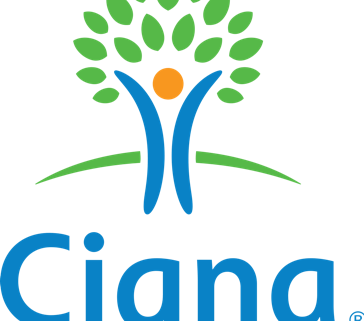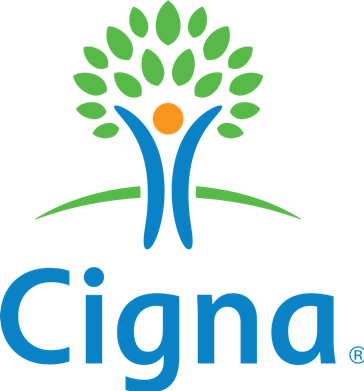The future of health care will be no doubt driven by massive economies of scale that crush costs and balloon profit margins and there has been no better practitioner of that philosophy than Cigna Corp. (CI)
The company recently reported a robust quarterly blowout. The managed care service provider disclosed that it recorded $4.30 in earnings per share for the second quarter, crushing the Wall Street estimate of $3.74 per share. Total profits were recorded to be $34.4 billion, also topping previous estimates of $33.2 billion.
Among the revenue components of Cigna, pharmacy sales were identified as major pushers as it reached $26.3 billion -- a huge jump from the $750 million recorded during the same period in 2018. This is primarily due to the acquisition of pharmacy benefit manager Express Scripts for $67 billion in December last year. Cigna’s premiums also went up 8.9% year-over-year to reach $9.8 billion. Meanwhile, fees grew 76% to $2.39 billion.
The move to merge with Express Scripts (ESRX) has allowed Cigna to secure long-term growth as the company transformed into a one-stop-shop for clients’ healthcare needs. It can now cater to demands ranging from drug sales up to insurance coverage. Since it brings together both medical services and pharmacy benefits under one roof, Cigna has become a more attractive option for its ability to provide better treatments and lower expenses.
With this deal, Cigna gained a competitive position to become one of the major movers in the healthcare insurance industry. So far, the combined company is projected to generate a minimum free cash flow of $6 billion by 2021.
However, one major obstacle in Cigna’s growth is the uncertainty arising from the current political climate in the United States ahead of the 2020 election. Cigna’s share price almost perfectly inversely tracks with the polling numbers of Elisabeth Warren, who has essentially promised to nationalize the company. The better she does the worse Cigna does, and that has given us our entry point.
At the moment, health insurers remain uncertain of some aspects of their business due to potential regulatory changes that could plunge them into debt.
To address this, Cigna is following the footsteps of fellow healthcare giants like Aetna Inc (AET) which sold its group life and disability unit to Hartford Financial Services Group for $1.45 billion in 2017.
While Cigna hopes that the merger with Express Scripts could help mitigate the effects of future government policy changes, the company is still actively seeking other alternatives.
One of its plans is to sell its group benefits insurance unit, which has an estimated value of $6 billion, to other insurers with an already established division and are looking to scale. The sale could include the life and accidental death as well as dismemberment coverage clusters of Cigna. This move will allow the company to focus more on healthcare.
Given its revenue trajectory in the first half of 2019 though, the company’s outlook indicates a continuing momentum into year-end. In fact, Cigna’s total revenues this year are projected to rise somewhere between $136 and $137 billion compared to the $132.5 and $134.5 billion range predicted earlier. This indicates a 180% increase year-over-year.
Meanwhile, its earnings per share are expected to reach $16.90 compared to the earlier earnings guidance of $16.65, representing a 17% rise year-over-year. The company’s medical clients are estimated to increase by roughly 200,000 as well, achieving 97% to 98% customer retention in its health services sector in 2020.
Cigna’s expansion to establish an international presence is also a promising move towards diversification. In the first quarter of 2019, the company acquired OnePath Life Insurance from the ANZ Bank in New Zealand. This deal allows Cigna to gain access to an existing client base and offer an expanded set of services.
Aside from achieving international operations expansion, this acquisition also reassures Cigna’s investors of the company’s capacity to effectively deploy capital to drive long-term growth.
So far, Cigna has provided strong reasons for it to be a “BUY.” In terms of its growth rate, the company’s revenues showed a CAGR of 11% from the year 2010 up to 2018. However, it rose by 194% in the first half of this year, courtesy of its Express Scripts merger. Its recent acquisitions also demonstrated consistent top-line growth and the ability to effectively distribute its products and services.
Apart from its top-line growth, Cigna has also managed to maintain its bottom-line profitability. This is clear in the annual earnings growth it recorded since 2009 and its efforts to maintain operating profitability via controlled medical care and other operating costs.












